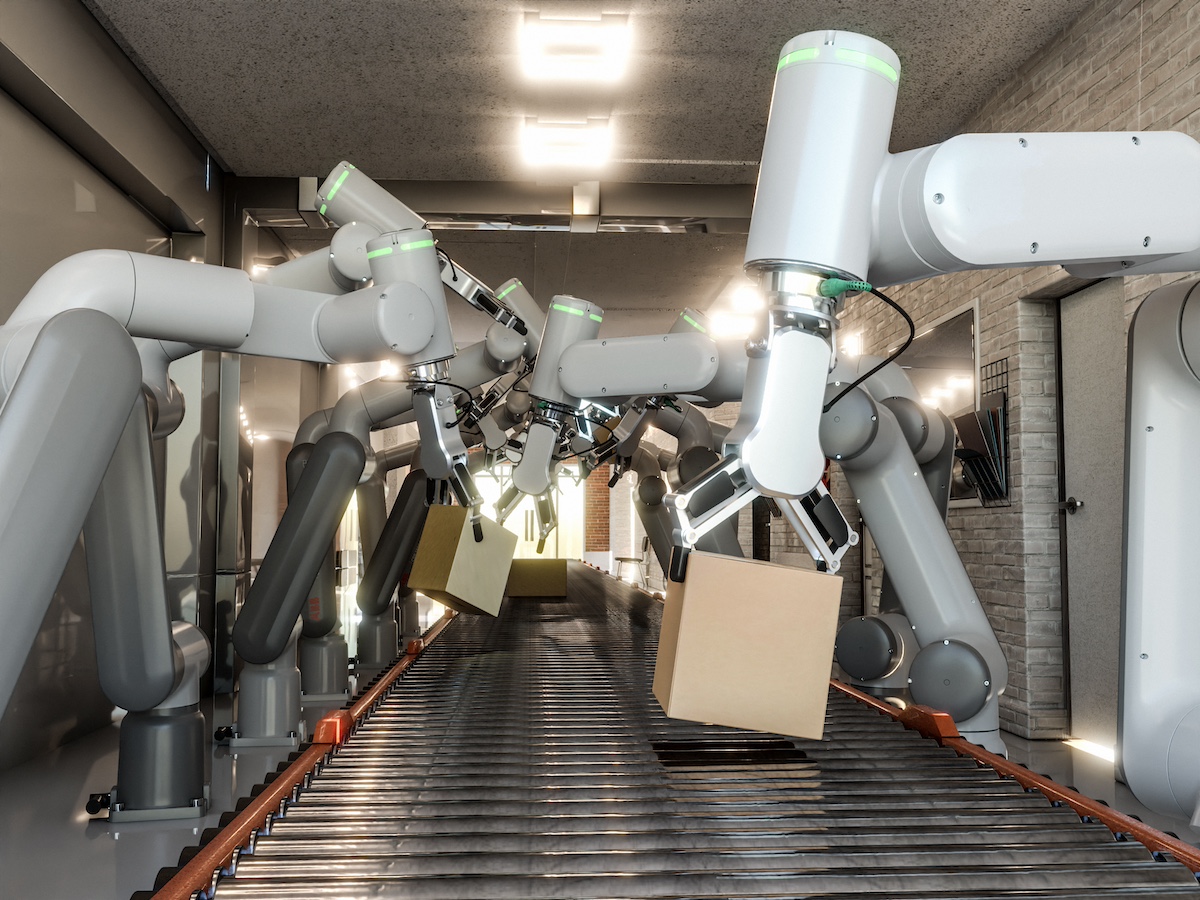In the fast-paced logistics industry, efficiency and speed are crucial for meeting growing consumer demands. Conveyor systems play a vital role in material handling, order fulfillment, and warehouse operations.
As e-commerce and global supply chains expand, businesses are increasingly adopting advanced conveyor technologies to improve productivity, reduce costs, and enhance accuracy. Modern conveyor systems have evolved significantly, incorporating automation, artificial intelligence (AI), and energy-efficient designs.
This guide explores the latest innovations in conveyor technology and how they contribute to the logistics sector’s efficiency and sustainability.
The Evolution of Conveyor Systems in Logistics
Early Conveyor Systems and Their Limitations
Traditional conveyor systems were simple, manually operated, or motor-driven belts. They served a basic function—transporting goods from one point to another—but had limitations such as low flexibility in handling various materials, frequent maintenance due to mechanical wear and tear, and limited integration with modern logistics systems.
The Rise of Automated and Intelligent Conveyors
With advancements in automation and AI, conveyor systems now feature smart technology that optimizes workflow. The rise of e-commerce has pushed logistics companies to invest in intelligent conveyors that utilize AI-powered sortation and routing, integrate with warehouse management systems (WMS), and enable real-time tracking and error reduction.
Key Innovations in Conveyor Systems for Logistics
Smart and Automated Conveyors
Automation has transformed conveyor operations, reducing reliance on manual labor and minimizing human error. Key features include AI-driven decision-making for sorting and routing, RFID and barcode scanning for real-time package tracking, and automated adjustments based on warehouse demand fluctuations.
Modular and Scalable Conveyor Designs
Modular conveyor systems provide flexibility and scalability, allowing warehouses to adjust operations based on changing demands. Benefits include easy expansion or reconfiguration, cost-effective adaptation to new logistics challenges, and quick installation with reduced downtime.
Energy-Efficient Conveyor Solutions
Sustainability is a growing concern in logistics, leading to innovations like regenerative braking systems that recover and reuse energy, variable frequency drives (VFDs) for optimized power consumption, and low-friction materials that reduce energy loss.
High-Speed and High-Capacity Conveyors
With increasing order volumes, businesses require conveyors that handle large capacities while maintaining speed. High-speed sortation systems ensure faster order fulfillment for e-commerce and retail sectors, minimal congestion in busy distribution centers, and improved accuracy in product sorting.
Flexible and Adaptive Conveyor Solutions
Modern warehouses require conveyors that can handle diverse product types. Adaptive conveyors allow for adjustable speeds and directional changes, efficient handling of irregularly shaped packages, and seamless transitions between different material-handling processes.
Sustainable and Eco-Friendly Conveyor Technologies
Sustainability efforts in conveyor system manufacturing include recyclable conveyor belt materials, reduction in carbon emissions from energy-efficient motors, and eco-friendly waste disposal systems.
The Role of Conveyor Systems in Enhancing Efficiency in Logistics
Improved Order Processing and Accuracy
Automated conveyor systems improve order fulfillment accuracy by reducing human intervention in sorting and packaging, integrating AI-based quality control checks, and enhancing data-driven decision-making.
Faster and Streamlined Material Handling
Efficient conveyor systems reduce lead times and operational bottlenecks by ensuring a seamless flow of materials, optimizing workflow with synchronized sorting algorithms, and allowing seamless coordination between different warehouse sections.
Safety and Ergonomic Advancements
Enhanced safety features in modern conveyors help reduce workplace injuries. These include built-in emergency stop mechanisms, proximity sensors to prevent collisions, and ergonomic designs that reduce strain on workers.
Future Trends in Conveyor Systems for Logistics
AI-Driven Predictive Maintenance
Predictive maintenance ensures that conveyors operate smoothly with minimal downtime. AI-based monitoring allows for the early detection of mechanical failures, automated maintenance scheduling, and cost-effective repairs before major breakdowns occur.
Integration with Warehouse Management Systems (WMS)
Future conveyor systems will feature deeper integration with WMS, enabling real-time inventory tracking and movement synchronization, AI-powered decision-making for load balancing, and data analytics for continuous optimization.
Advanced Material Innovations
Material advancements will make conveyor systems more durable and efficient. Future trends include self-repairing conveyor belts, lightweight yet high-strength materials, and anti-static and temperature-resistant components.
The Rise of Fully Autonomous Logistics Centers
AI and automation will continue driving logistics efficiency, leading to self-navigating conveyor systems, fully automated warehouses with robotic handling, and AI-driven supply chain management for end-to-end optimization.
Conclusion
At Miller Fabricated Systems, we understand that modern logistics operations demand cutting-edge conveyor solutions. Our expertise in designing and manufacturing high-performance conveyor systems allows businesses to achieve unmatched efficiency, accuracy, and sustainability.
With our commitment to innovation, we help businesses optimize material handling processes, reduce operational costs, and stay ahead in the competitive logistics landscape. Partner with Miller Fabricated Systems today and experience the future of conveyor technology!

